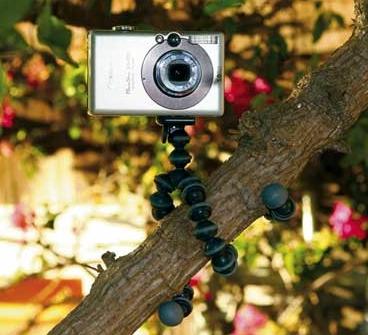This month’s issue of Stage Directions has a special section on props. One of the articles, “Prop Shop Confidential” by Lisa Mulcahy, is about maintaining a props stock. This is a good companion to my own post on which props to keep and which to trash; it features a lot more thoughts on how to organize a prop storage space from a variety of prop masters around the country. It also touches a bit on keeping track of your inventory, as well as how to provide the props for a show.
Looking at that somehow led me to the homepage for the Dramatics magazine. If you’re not familiar with it, it is a magazine aimed toward high school theatre students. They have published a number of technical theatre articles over the years, including a few useful for props people. They have the full text of these articles on their website, but it’s a real bear to use; I hope they won’t mind that I link directly to the PDFs.
- “The well-dressed set: How the props shop turns a house into a home” by Don Corathers
- “Texture: A simple way to add interest and realism to scenic surfaces” by Donna Wymore
- “Building your first portfolio” by William Kenyon and Chuck Meacham
- “Light My Fire: How to build battery-powered candles and lanterns” by Chuck Meacham
- “Cubes: Easy, versatile rehearsal furniture” by Dana Taylor

